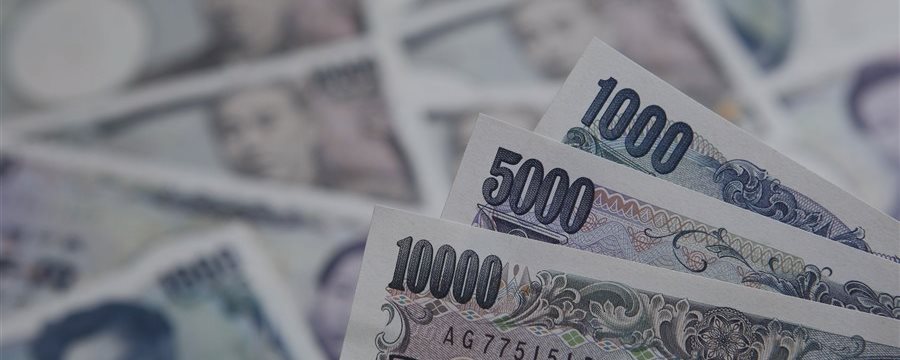
USD/JPY breaks psychological level of 125. Next stop - 130?
On Tuesday the yen hit its lowest level against the dollar since 2002 - a move which puzzled traders.
"The latest
dollar-yen move is a surprise," Nizam Idris, head of strategy, fixed
income and currencies at Macquarie, told CNBC on Tuesday, as recent data from Japan pointed to stabilization in the economy. The analyst now sees USD/JPY at 128-130 by year-end.
The greenback was fetching as much as 125.07 yen in intraday trade, breaking the key psychological level of 125 for the first time since November 2002 without a major trigger, before the pair retreated to around 124.60. The currency pair has traded in a narrow range for most of the year – between 117 and 120.
Sean Callow, senior currency strategist at Westpac Bank, was taken aback buy the move. He distinguished two reasons responsible for such a drop in the yen.
- Speculators rebuilding short yen positions;
- Japanese investors stepping up purchases of foreign bonds in recent weeks.
According to data from the Finance
Ministry, net purchases of foreign bonds totaled 2.4 trillion yen ($19.4 billion)
in the first three weeks of May, as Japanese turn to overseas assets that offer higher returns,
such as U.S. Treasurys.
Further upside in the USD/JPY will require a new story, analysts say.
"The move so far has been based on soft triggers like position
rebuilding. It's moved a lot on very little," said Idris. "The market
tends to be rational after some time, so we should see some
consolidation in the currency pair."
Idris, who sees the pair at 128-130 by year-end, considers that the "new story" will come either in the form of weak data, or in the form of the central bank move. However, with the yen staying at the current levels, the Bank of Japan will be reluctant to introduce further easing.
Dollar-yen drivers will hardly be domestic, thus it is important to watch the dollar. Nonfarm payrolls data due out on Friday are now closely watched for
fresh clues on the health of the world's largest economy.
"With prospects of stronger U.S. growth, you can't dismiss 130 as a target," Callow thinks.


